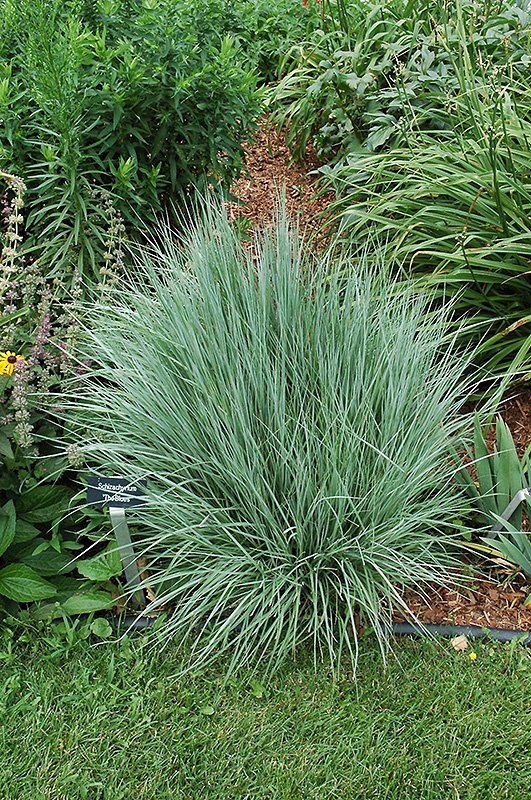AND THE WINNER IS: Schizachyrium scoparium, or Little Bluestem Grass
Schizachyrium is better—and easier—known as Little Bluestem grass. To be honest, it has taken me some time to be able to enunciate the botanical name correctly. I embarrassed myself while on TV stumbling with the enunciation.
The Perennial Plant Association selects a different perennial each year to highlight. Each winner must provide diversity with a wide range of hardiness. Also, the winner needs to show good growth characteristics and have great appeal to any landscape.
It’s nothing new that ornamental grasses offer homeowners a reliable heat and drought-tolerant foundation for a summer garden. I fell in love with Little Bluestem last year and am using it as my “thriller” in a container garden. Little Bluestem has spikey blades of gray-green foliage with tiny blooms. Then comes the cooler weather in the fall the foliage turns burgundy in color.
Little Bluestem has a wide range of hardiness—hardy in Zones 3 to 9 (zone 3 is Canada and Zone 9 is near Florida). We are in Zone 7.
Ornamental grasses, in general, have become more and more popular with homeowners and landscapers. So, it stands to reason as to why the PPA has chosen Little Bluestem as its 2022 perennial plant of the year.
Little bluestem clumps grow 1 to 2 feet high. It makes a great plant to use in a container. Like most ornamental grasses, Little Bluestem grows best in full sun and sustains its attractive blue-green foliage.
June is perennial gardening month because it is such a great month to plant perennials. So, come see us this month and let us show you the Little Bluestem grasses.
PLANT A LITTLE HAPPINESS!!!!!!!!!!!!!


Should mention this a native grass and thus better for our gardens than all these exotics like Miscanthus grass, many of which have become invasive troublemakers in parks and wild areas.